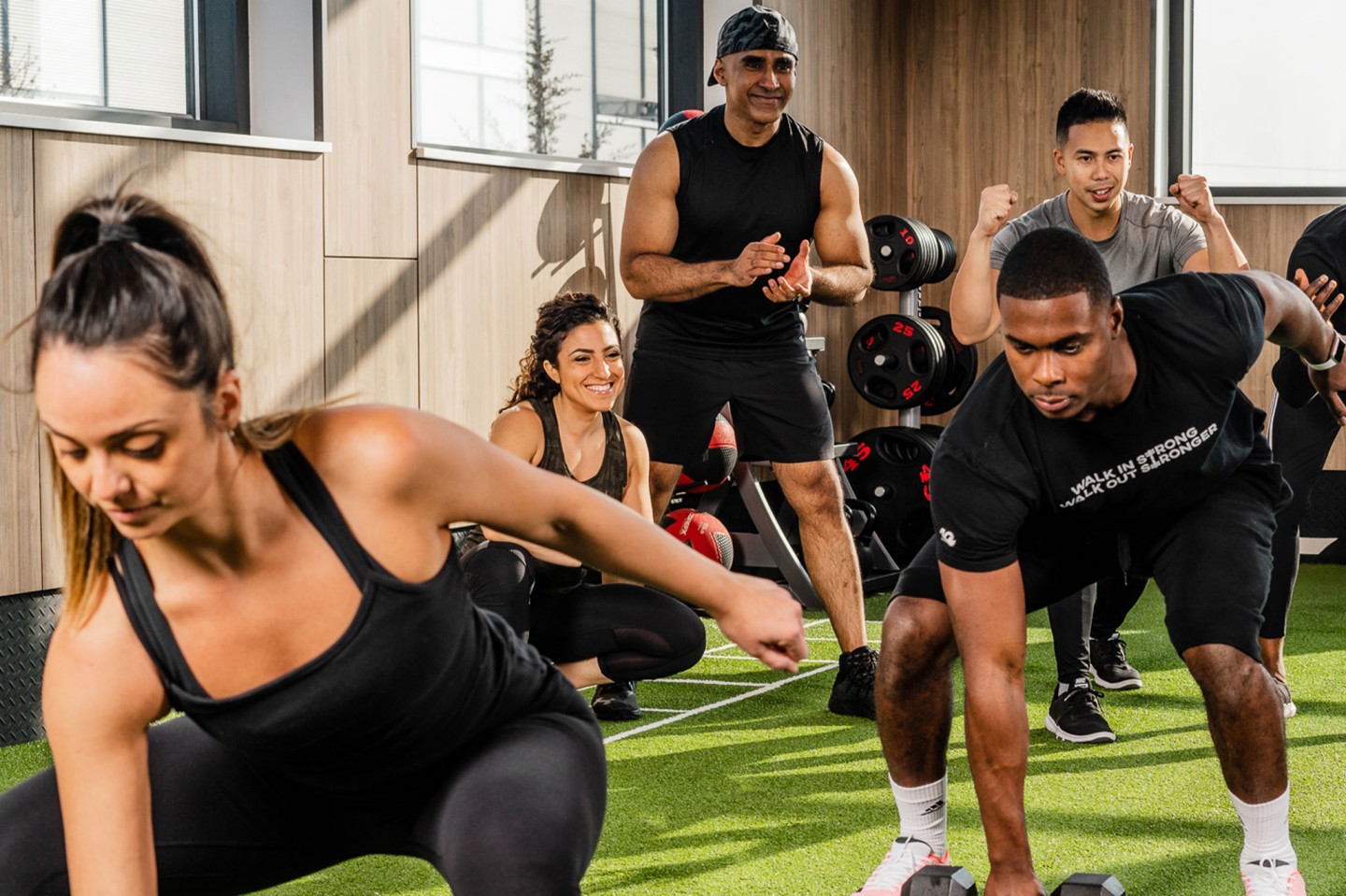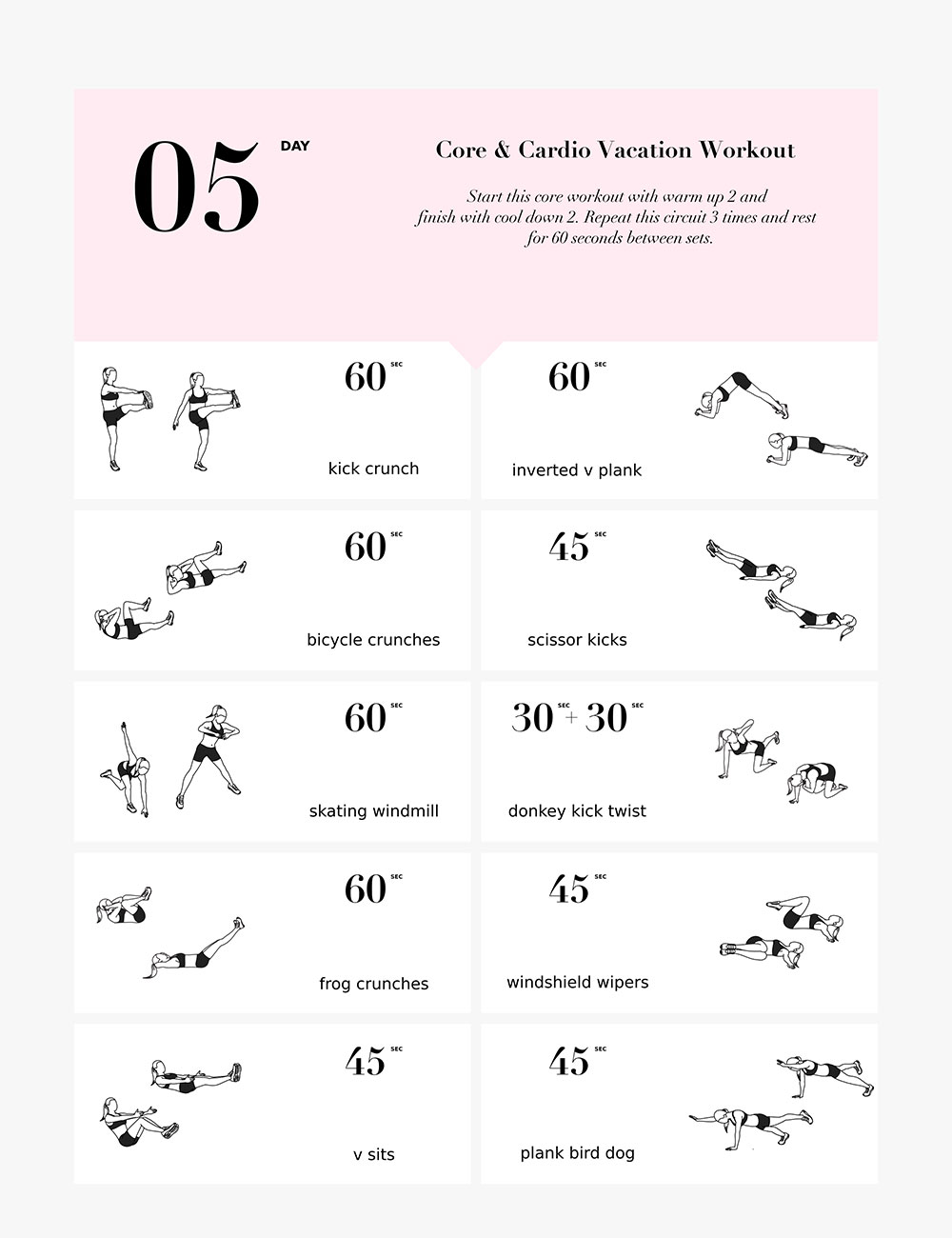
You might be wondering how much space you need when you buy running shoes. Your feet should be able to move freely and not slip uncontrollably. Two important factors to consider when shopping for a new pair are the toe box size and the heel fit. You can't run in a shoe that pops out or slides around uncontrollably.
Toe-box length
Running shoes should have a long toe box. A shoe with a large foot box will reduce blister risk. Toe-box length can also be affected by swelling. Toe-socks and tape can help you determine the amount of space needed for your toe box.
The toe length of running shoes should not be more than one thumb. This may be the second toe for some people. For your foot's freedom to move when running, you need this extra space. Uncomfortable shoes could cause blisters and rubbing.
Get your Heels on!
When buying a new pair of running shoes, it's important to find a pair with extra room for your toes. The toe-box of the shoe should be about a thumb's width longer than your longest toe. This extra space is vital, because your foot needs room to spread out while running and will be absorbing the impact of each step.

When trying on new shoes, make sure you put on the correct size socks. It can hinder your ability to fit the shoes if the socks you choose are too thick. Remember that your feet tend to swell throughout a day so it is best to wear your shoes in the afternoon, rather than in the morning. The toe should not be too tight, but the heel should still be flexible.
Width of the toe-box
Running shoes should have a toe-box width that is one thumb wide. This should be equal to the length of your longest toe. Some people have longer toes so they will require extra room. This will allow your foot more space when running. A little extra space in your toes is also important because your feet may swell when you run.
The width of your toebox will determine which type of running shoes are best for you. Narrow toe boxes mean there is less room for your toes, and wider feet could rub against the sides of a shoe. Larger toe boxes allow you to have more space around your feet and the ball.
Shoe width
You should ask yourself the following important question when shopping for running shoes: "How much room do you have in your running shoe?" The correct size should leave a width of about half to one-third of your thumb between the longest toe of the shoe and the end. This will ensure that the shoe does not slip and cause your heel to pop up while you run. Your foot should fit snugly, without rubbing on the heel or toes.
You will need to take off the insoles to measure the size. Next, remove the insoles to measure the size of your shoe. If the shoe fits well with socks, it will be comfortable. If you have bunions, you will want a shoe that allows for more room between your toes.

Slippage in the Heel
You know what it is like to have your heel slippage. While it can be a problem while you're walking, it can also cause serious injuries if your running or walking is affected. There are a few things you can do to avoid heel slippage.
A shoe that fits well is the best way for you to avoid heel slippage. Running shoes should allow about a thumb's breadth of space around the heel. But, be aware that there is some room for wiggle room. This will make the shoe more resilient to impact and help prevent slippage. You should remember that shoes may not fit every foot in the same way and you might need to adjust your shoe's fit.
FAQ
Can I eat when I'm working out?
Yes. While you're working out, you can eat whatever you'd like. Watermelon, grapes (or carrots or celery), watermelon, grapes, apples, bananas or apples are all low-calorie snacks. These foods contain nutrients that help you perform better during workouts.
How can I start with fitness?
Start small. You can start by taking 10 minutes each week to walk around the block. This will allow you to learn the basic movements and give your body time to adjust to the new routine. Once you've mastered this simple form of exercise, try adding more steps to your daily routine.
Which Is Most Important: Diet, Exercise, or Sleep?
What you are looking to accomplish will determine the answer. It is important to lose weight. To build muscle mass, exercise is crucial. Sleep is not as important as it seems, since it has no effect on how you perform throughout the day.
Do I need to warm up before exercising?
Warming up before an activity reduces muscle soreness and improves performance. Warming up can be done in many ways: running, walking, jumping ropes, stretching and cycling are all options. You can start slowly and increase your intensity gradually.
Why is physical fitness important?
Our health is dependent on our physical fitness. We must exercise regularly to maintain our weight, strength, flexibility, and cardiovascular system. Exercise helps you sleep better at night, reduces stress and improves self-esteem. It also increases your energy throughout the day.
Do I gain weight from exercising?
Not at all. Actually, exercising can help you to maintain your current weight. Regular exercise will help you build muscle and boost your metabolism. This will allow you to burn more calories every day. This means you won't store as much fat in your body.
How does caffeine impact my sleep?
Caffeine affects how long it takes you to fall asleep and how soundly you sleep. Caffeine causes drowsiness, which makes falling asleep easier. The downside is that caffeine keeps you awake longer making it harder for you to fall asleep again. Drinking coffee or energy drinks before bedtime is a bad idea.
Statistics
- In 2018, the World Health Assembly agreed on a global target to reduce physical inactivity by 15% by 2030 and align with the Sustainable Development Goals. (who.int)
- In high-income countries, 26% of men and 35% of women were insufficiently physically active, as compared to 12% of men and 24% of women in low-income countries. (who.int)
- Physical activity confers the following maternal and fetal health benefits: a decreased risk of pre-eclampsia, gestational hypertension, gestational diabetes (for example, 30% reduction in risk) (who.int)
- Globally, 28% of adults aged 18 and over were not active enough in 2016 (men 23% and women 32%). (who.int)
External Links
How To
How to Keep Fit during Pregnancy
When you're pregnant, your body undergoes many changes. Your metabolism slows down and your body eats less as you have a baby. You may feel sick if your sleep is not enough. There are many ways to keep your health in check while still enjoying this wonderful time of your life.
First, consult your doctor before you begin any exercise program. They will be able to tell you what exercises to avoid and which ones they recommend you do safely. Second, make sure you eat well throughout your pregnancy. This includes eating plenty protein, fiber, iron. Third, make sure to drink plenty of fluids. It's especially important to drink water when you're exercising since you lose a lot of fluid through sweat. Finally, take care of your feet. Keep your feet dry and wear shoes that support them. You should eat breakfast if you are suffering from morning sickness. If you do not eat something small, you might feel nauseated.
-
Eat Well. It is essential to eat a healthy diet throughout pregnancy.
-
Stay active. Get active for at least 30 minutes each day.
-
Maintain a Healthy Weight By eating smaller meals and snacks, you can lose weight.
-
Get Enough Sleep. You should aim for 7-9 hours sleep every night.
-
Manage Stress. Learn relaxation techniques.
-
Avoid Alcohol. It may lead to miscarriage and birth defects.
-
Be gentle with yourself. Be gentle with yourself.
-
Take care of yourself. You can have someone look in on you if necessary.
-
Relax. Do things that bring you joy.